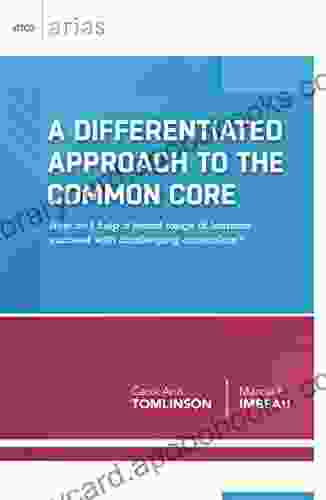: Delving into the Realm of Coal
In the tapestry of Earth's geological history, coal emerges as a captivating chapter, a testament to the forces that have shaped our planet's energy landscapes. "Coal Resources" by Tom Means embarks on an enthralling journey, unraveling the intricate web of processes that have given rise to this enigmatic fuel.
4.1 out of 5
| Language | : | English |
| File size | : | 1280 KB |
| Text-to-Speech | : | Enabled |
| Screen Reader | : | Supported |
| Enhanced typesetting | : | Enabled |
| Word Wise | : | Enabled |
| Print length | : | 184 pages |
| Lending | : | Enabled |
| Item Weight | : | 1.14 pounds |
| Dimensions | : | 5.67 x 1.26 x 8.7 inches |
Through vivid prose and meticulous research, Means transports readers to the primeval swamps and forests that gave birth to coal. He delves into the complexities of its geological formation, examining the interplay of organic matter, pressure, and heat that transformed ancient plant life into the black gold we rely on today.
Types of Coal: A Spectrum of Black Diamond Varieties
The world of coal is not monolithic; it encompasses a spectrum of varieties, each with unique characteristics and applications. Means meticulously classifies these types, providing insights into their origins, composition, and energy content.
- Anthracite: The highest grade of coal, anthracite is renowned for its exceptional hardness, low ash content, and intense heat output.
- Bituminous Coal: A versatile and widely used coal, bituminous coal strikes a balance between energy content and affordability.
- Sub-Bituminous Coal: Characterized by its high moisture content and lower energy density, sub-bituminous coal is often used for power generation.
- Lignite: The youngest and lowest-grade coal, lignite is earthy in appearance and contains significant amounts of moisture and ash.
Coal Extraction Methods: Unearthing Nature's Buried Treasure
Extracting coal from the Earth's depths poses unique challenges that demand ingenuity and technological prowess. Means explores the various methods employed around the world, highlighting their advantages and environmental implications.
Surface Mining: This technique involves removing the overburden of soil and rock to expose coal seams near the surface. It is commonly used for shallow deposits.
Underground Mining: When coal seams lie deep beneath the Earth's surface, underground mining methods are employed. These methods include room-and-pillar mining, longwall mining, and continuous mining.
Means also delves into the ethical and environmental considerations surrounding coal extraction, emphasizing the need for responsible mining practices that minimize ecological impact.
Global Significance of Coal: Fueling the World's Energy Needs
Coal plays a pivotal role in the global energy landscape, providing a substantial portion of the world's electricity and industrial power. Means analyzes the geographical distribution of coal resources, highlighting the major coal-producing nations.
He explores the geopolitical implications of coal trade, examining the complex relationships between producers and consumers. Means also discusses the economic benefits and challenges associated with coal mining, shedding light on the industry's impact on local and national economies.
Environmental Impact of Coal: Balancing Energy Needs and Sustainability
While coal is an abundant and affordable energy source, its use raises environmental concerns that cannot be ignored. Means confronts these issues head-on, examining the impact of coal mining and combustion on air, water, and land.
He discusses the emission of greenhouse gases, acid rain, and the degradation of ecosystems. Means also explores the challenges and opportunities associated with transitioning to cleaner energy sources.
Through a balanced approach, Means encourages readers to engage in informed discussions about the future of coal and the imperative of sustainable energy development.
: Unveiling the Complexities of Coal
"Coal Resources" by Tom Means is a comprehensive and thought-provoking exploration into the fascinating world of coal. It unravels the intricate tapestry of its formation, classification, extraction, global significance, and environmental impact.
By delving into the complexities of coal, Means provides a valuable resource for students, researchers, policymakers, and anyone seeking a deeper understanding of this multifaceted energy source. Through its insightful analysis and engaging presentation, "Coal Resources" illuminates the path towards managing our energy needs while embracing sustainable practices for a brighter future.


























































































